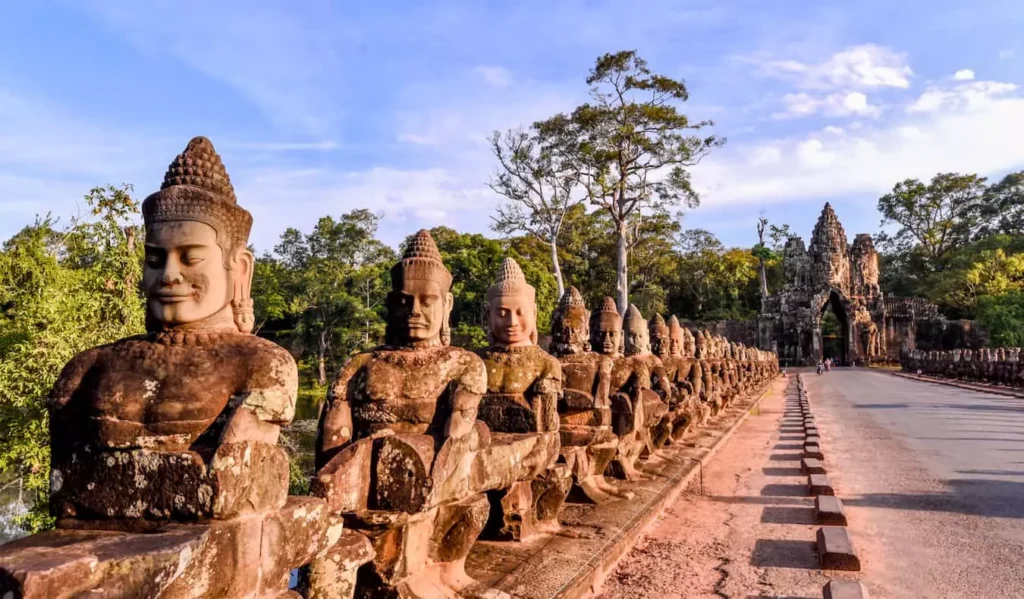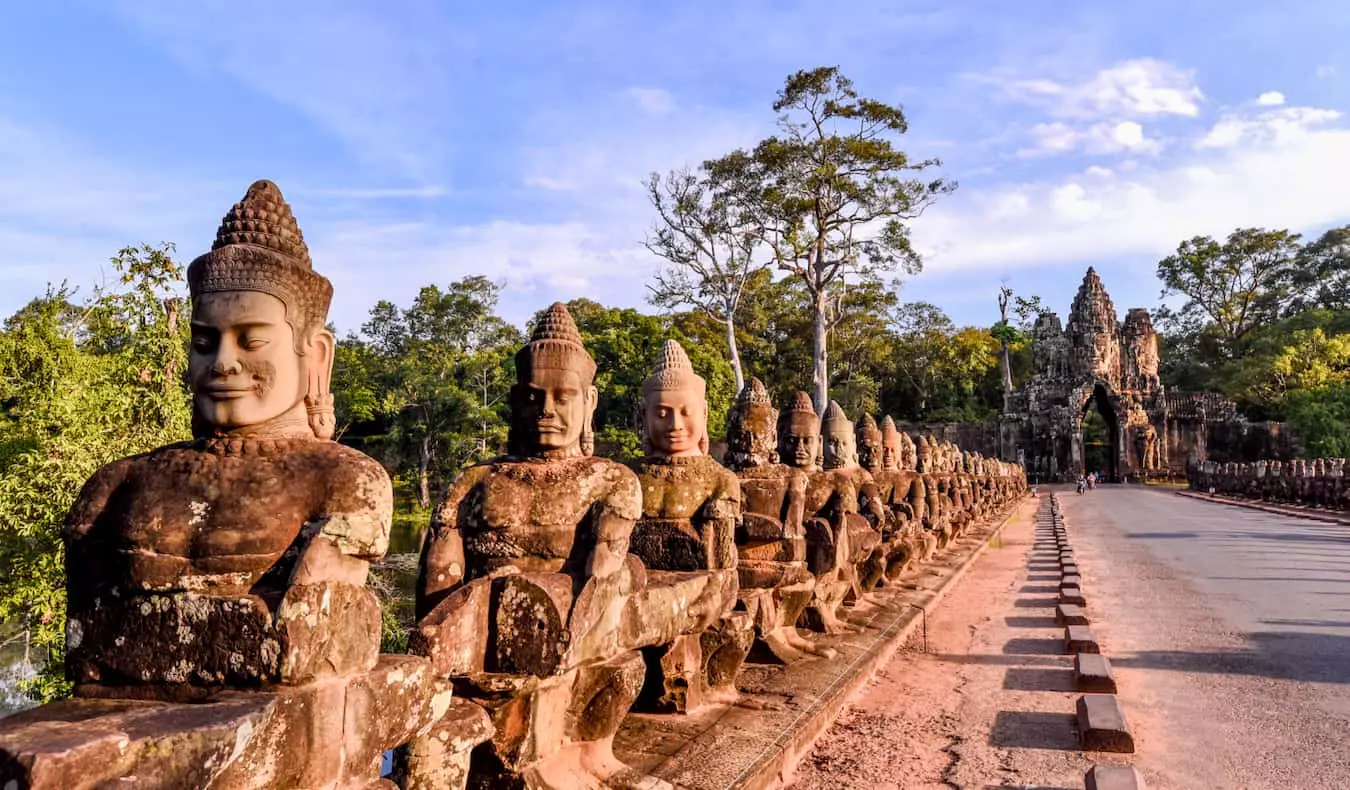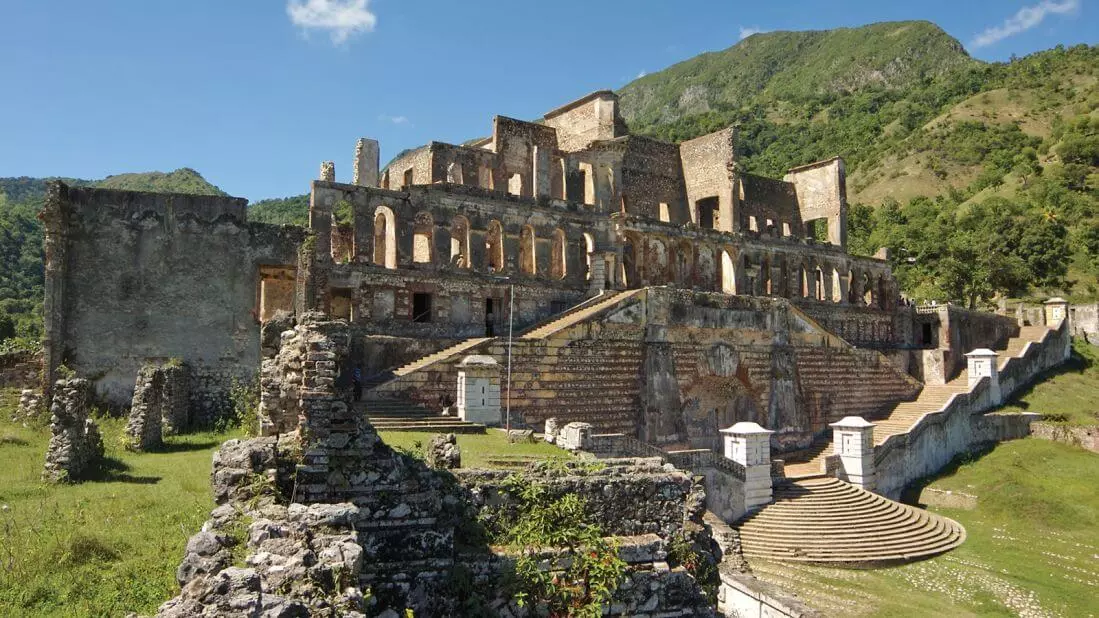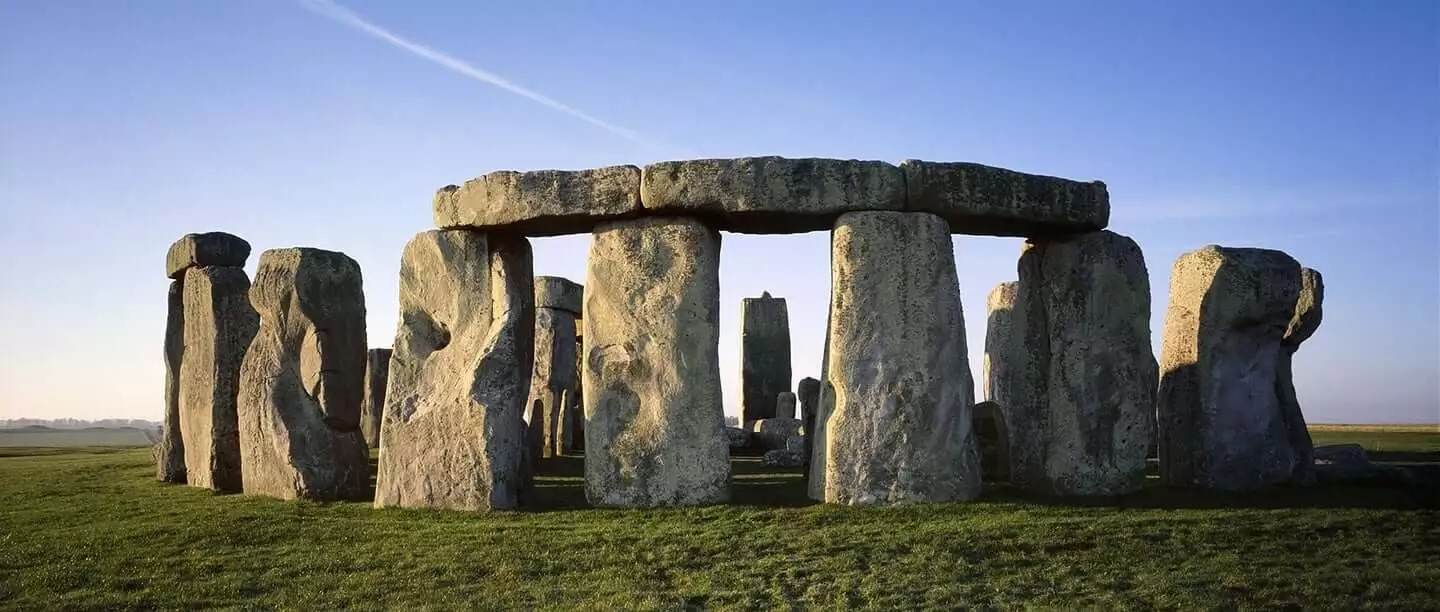
As I embark on a journey through time, I am captivated by the allure of cultural heritage sites and the remarkable stories they hold. These sites are portals to the past, revealing tales of ancient civilizations, architectural marvels, and legends that have shaped our world. Each stone, each brushstroke, and each artifact tells a story that speaks to our shared humanity. In this exploration, we will unravel the secrets of these sites, immersing ourselves in the richness of history, and connecting with the vibrant tapestry of our ancestors.
Table of Contents

The Stories Behind Cultural Heritage Sites
Cultural heritage sites hold within them the captivating stories of our past. As we explore these sites, we unravel the rich tapestry of history, art, and legends that have shaped our world. we will delve into the fascinating narratives that lie behind these cultural heritage sites, offering a deeper understanding and appreciation of their significance.
Also Read: Solo Female Travel Safety Tips and Precautions
1.Historical Context and Significance
- The historical context surrounding cultural heritage sites provides valuable insights into the eras they represent.
- Understanding the significance of these sites helps us grasp their impact on history and the communities that cherished them.
2.Architectural Marvels and Artistic Treasures
- The architectural brilliance displayed by cultural heritage sites is a testament to human ingenuity and craftsmanship.
- The artistic treasures found within these sites include exquisite sculptures, paintings, and intricate decorative elements.
3.Legends, Myths, and Folklore
- Cultural heritage sites often intertwine with captivating legends, myths, and folklore.
- These stories, passed down through generations, add to the enchantment and mystique surrounding the sites.
4.Noteworthy Examples of Cultural Heritage Sites
- The Great Pyramids of Giza: A testament to the engineering prowess of ancient Egypt and a symbol of their rich cultural heritage.
- Stonehenge: A mysterious prehistoric monument that continues to intrigue and spark awe in visitors.
- Angkor Wat: A magnificent temple complex in Cambodia that reflects the grandeur of the Khmer civilization.
- Machu Picchu: A remarkable Incan city nestled amidst the Andes Mountains, shrouded in history and natural beauty.
5.Preserving Our Cultural Heritage
- The preservation of these sites is crucial to ensure future generations can experience and learn from them.
- Conservation efforts, including restoration projects and sustainable practices, help protect and maintain these precious sites.
6.Experiencing the Wonder
- Visiting cultural heritage sites allows us to immerse ourselves in the history and ambiance of the past.
- Virtual exploration offers a unique opportunity to engage with these sites from the comfort of our own homes.
Preserving Cultural Heritage Sites
Preserving cultural heritage sites is vital to safeguard our shared history and ensure future generations can experience the beauty and significance of these invaluable treasures. we will explore the challenges faced in preserving these sites and the efforts undertaken to conserve and protect them.

1.Challenges in Preservation
- Environmental Threats: Natural disasters such as earthquakes, floods, and erosion pose a risk to the structural integrity of cultural heritage sites.
- Human Activities: Irresponsible tourism, urban development, and looting can lead to damage or loss of these sites.
- Climate Change: Rising temperatures, sea-level rise, and extreme weather events endanger vulnerable sites, particularly those in coastal areas.
2.Conservation Strategies
- Documentation and Research: Thorough documentation and research help understand the historical and cultural significance of these sites, aiding in their preservation.
- Preventive Measures: Implementing measures like monitoring, regular maintenance, and protective barriers help mitigate potential damage.
- Sustainable Practices: Adopting sustainable practices, such as eco-friendly materials and energy-efficient technologies, reduces the ecological impact on these sites.
3.Restoration Efforts
- Assessing and Planning: Restoration projects begin with careful assessment and planning to determine the most appropriate methods for preserving and restoring the site.
- Skilled Artisans and Experts: Trained professionals, including architects, archaeologists, and artisans, employ their expertise to restore and conserve the site’s authenticity.
- Case Study: The restoration of the Sistine Chapel in Vatican City showcased meticulous restoration techniques that revived the vibrant frescoes by Michelangelo.
4.Community Involvement
- Engaging Local Communities: Involving local communities fosters a sense of ownership and pride, creating a collective responsibility for the preservation of cultural heritage sites.
- Education and Awareness: Educating the public about the historical and cultural significance of these sites instills a greater appreciation and respect for their preservation.
- Case Study: The Pueblo of Acoma, a Native American community in New Mexico, actively participates in the preservation of their ancestral dwellings, ensuring the continuity of their cultural heritage.
5.International Cooperation
- Collaborative Initiatives: International organizations like UNESCO facilitate cooperation among nations to preserve and protect cultural heritage sites.
- Funding and Support: Financial assistance from governments, private entities, and philanthropic organizations enables conservation and restoration projects.
- Case Study: The restoration of the historical city of Venice, Italy, involves international cooperation to combat rising sea levels and preserve its architectural marvels.
preserving cultural heritage sites demands collective efforts to overcome challenges, implement effective conservation strategies, restore their glory, engage local communities, and foster international cooperation. By cherishing and protecting these sites, we ensure that the stories and legacies they embody continue to inspire and enrich our lives.

Conclusion
As I conclude this remarkable journey through cultural heritage sites, I am left in awe of the profound depth and significance they hold. These sites, infused with captivating stories and ancient wisdom, offer us a window into the past. They remind us of the resilience and creativity of our ancestors, inspiring us to cherish our diverse cultural heritage. By delving into these stories, we not only gain a deeper understanding of our shared history but also cultivate a sense of appreciation and respect for the vibrant tapestry that connects us all. Let us continue to explore, protect, and honor these treasures, ensuring their stories endure for generations to come.
FAQs
Are there any technological limitations or requirements for exploring cultural heritage sites online?
Exploring cultural heritage sites online may require a stable internet connection and a device (computer, smartphone, or tablet) with a compatible web browser. Some sites may utilize technologies like virtual reality or high-resolution images, which might benefit from a faster internet connection or updated hardware for optimal viewing experience.
Can I access information about cultural heritage sites through mobile apps?
Yes, many cultural heritage sites have dedicated mobile apps that provide detailed information, interactive maps, and virtual tours. These apps are available for download on iOS and Android platforms, allowing users to explore the stories and history of these sites conveniently on their mobile devices.
Are there any language options available for non-native English speakers to understand the content?
Yes, to cater to a global audience, many cultural heritage sites offer multilingual support on their websites or mobile apps. Visitors can often choose from various language options, including popular languages such as Spanish, French, German, and more, to enhance their understanding and engagement with the content.
What if I encounter technical issues while accessing virtual tours or interactive elements?
If you encounter technical issues, first try refreshing the webpage or restarting the app. Clearing your browser cache or updating the app to the latest version may also resolve certain issues. If the problem persists, reach out to the website’s or app’s support team for assistance. Providing details about the encountered issue, your device specifications, and the steps leading to the problem can help them troubleshoot more effectively.
Can I contribute my own photos or stories to enhance the information available on cultural heritage sites?
Some cultural heritage sites provide platforms or sections where visitors can contribute their own photos, stories, or experiences related to the site. These contributions often enrich the content and help create a community-driven platform for sharing knowledge and perspectives. Look for “Contribute” or “Share” options on the website or within the app to explore opportunities for personal involvement.

An avid traveler, Douglas Scott has been to over 50 countries. He has an extensive background in tourism and hospitality management, along with a degree in Hospitality Management from the University of Nevada Las Vegas. Douglas is very knowledgeable about travel-related topics – they are always up to date on the latest deals for flights, hotels, and other adventures around the world.